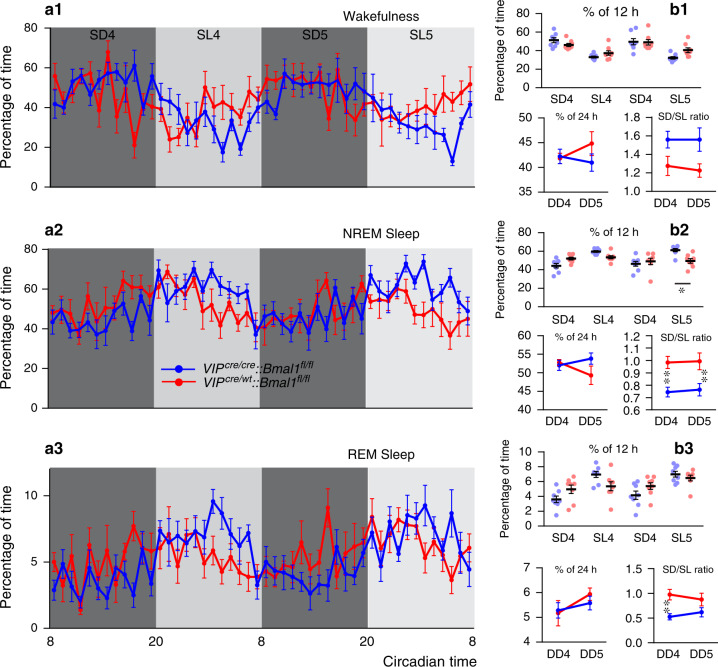Fig. 2. Disruption of the molecular clock in SCNVIP neurons reduces the amplitude of the sleep-wake circadian rhythm.
a Hourly amounts (mean ± s.e.m.) of wakefulness (a1), NREM sleep (a2) and REM sleep (a3) in VIPcre/cre::Bmal1fl/fl (blue, n = 8) and VIPcre/wt::Bmal1fl/fl (red, n = 8) mice during the 4th and 5th day in constant darkness. b Upper panels: Amounts (mean ± s.e.m.) of the vigilance stages during the 4th and 5th subjective dark (SD4, SD5) and subjective light (SL4, SL5) periods. Lower panels: 24 h amounts (mean ± s.e.m.) of the vigilance stages during the 4th and 5th day in constant darkness (DD4, DD5; lower left panels) and subjective dark to subjective light (D/L) ratio for each vigilance stage during the 4th and 5th day in constant darkness (lower right panels). n = 8 mice per genotype,*p < 0.05, **p < 0.01, two-way ANOVA followed by a post hoc Bonferroni test. See also Figs. S5 and S6. Note: VIPcre/wt::Bmal1fl/fl and VIPwt/wt::Bmal1fl/wt mice are included together under VIPcre/wt::Bmal1fl/fl in all panels.

